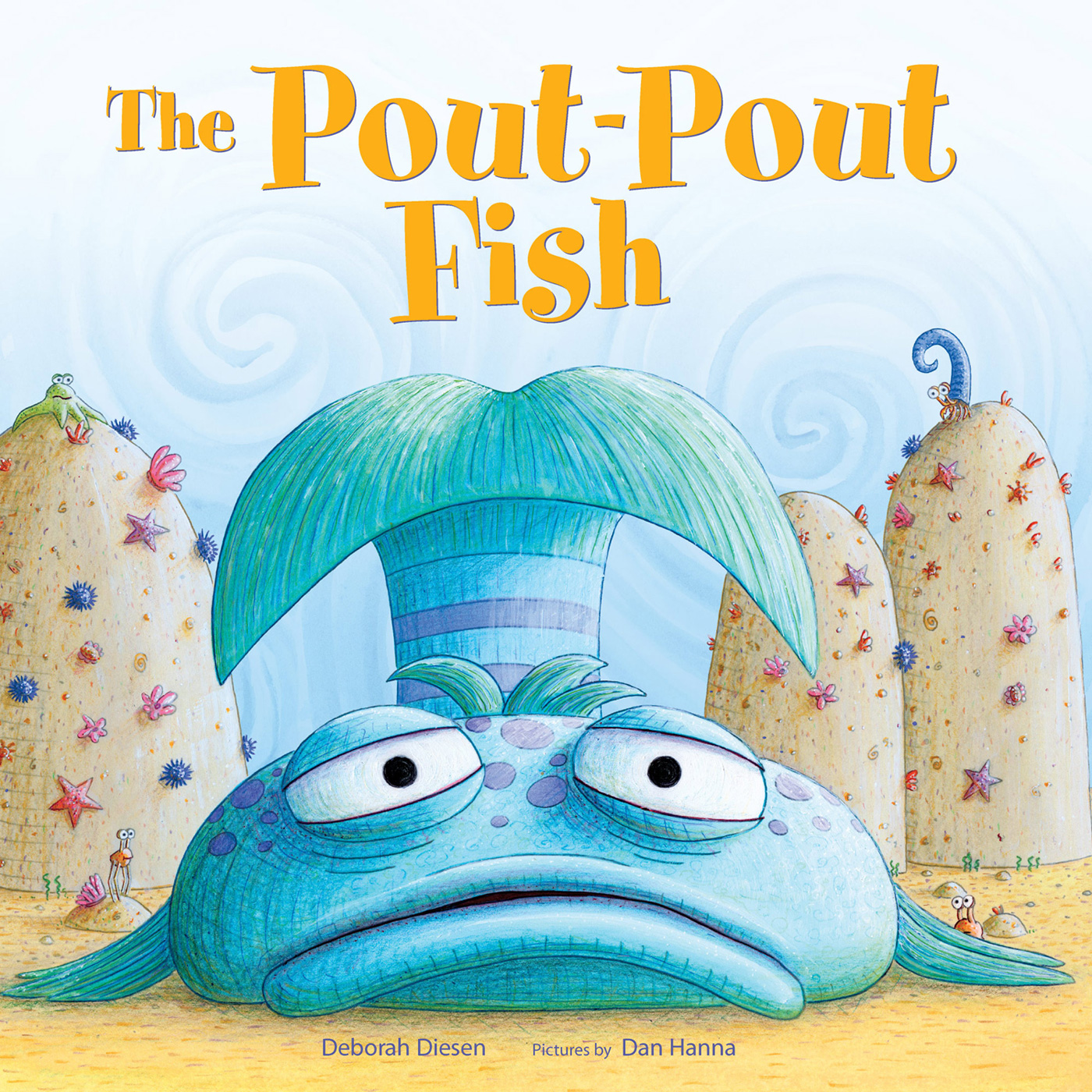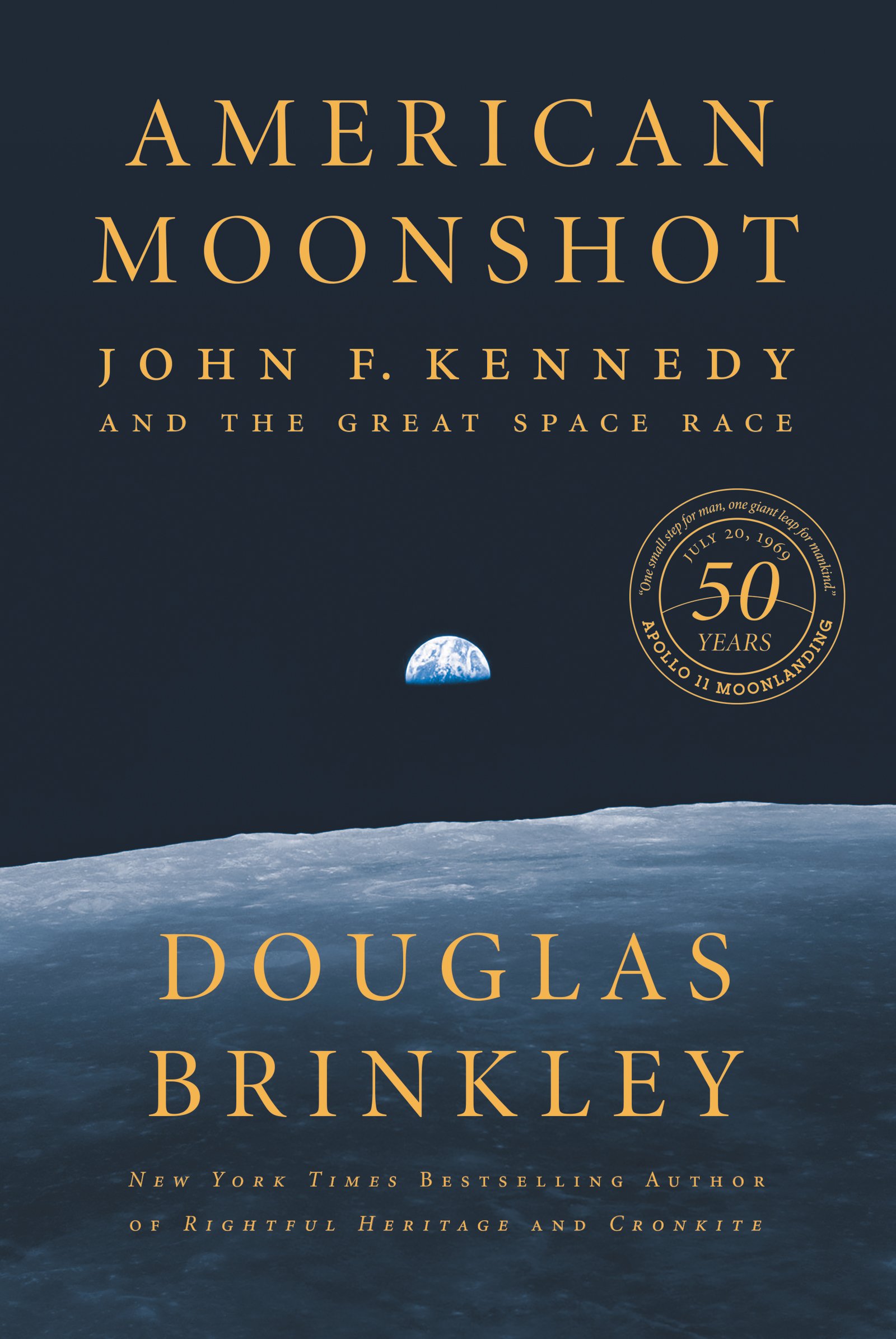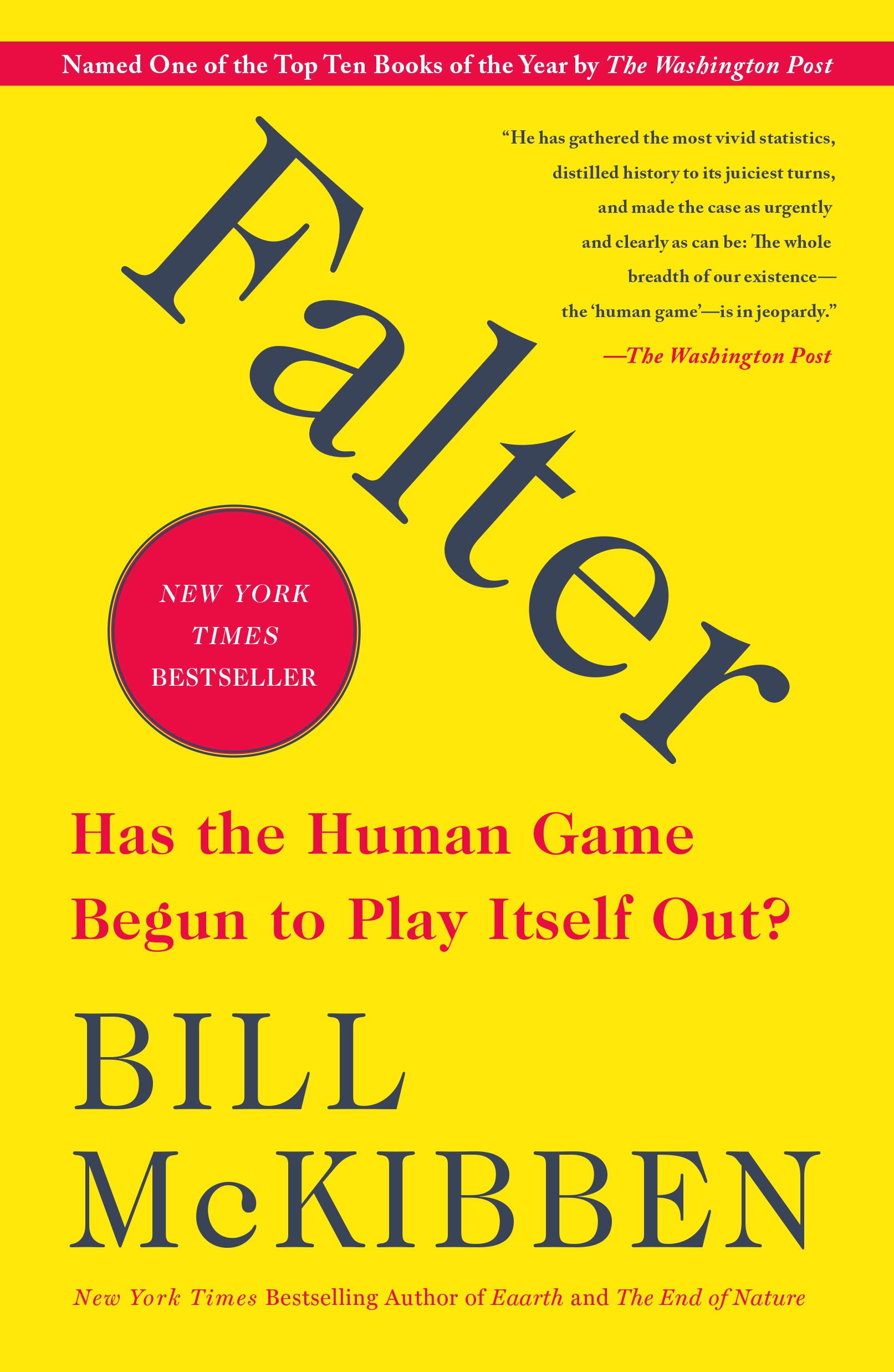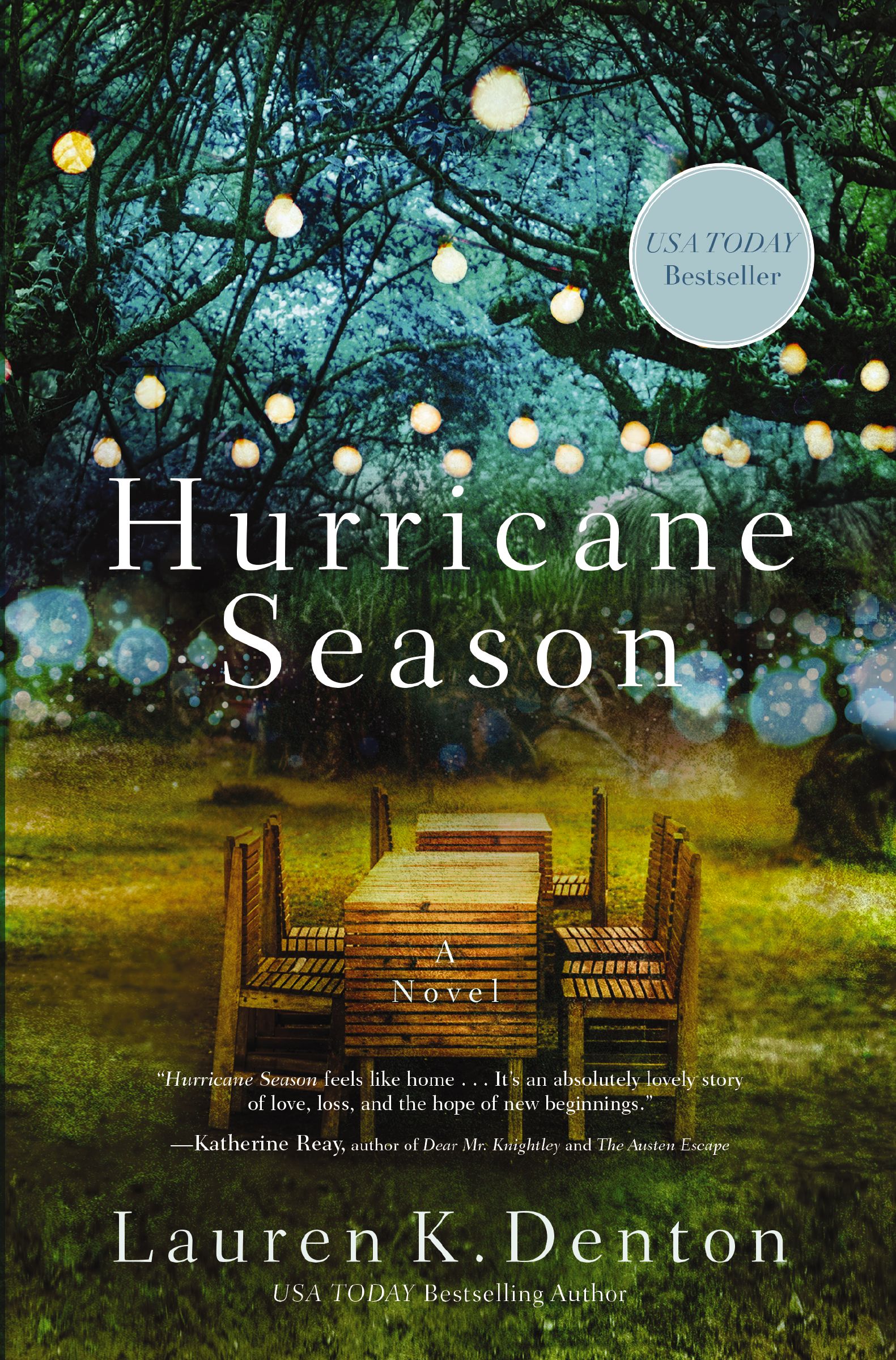
- Browse Category
Subjects
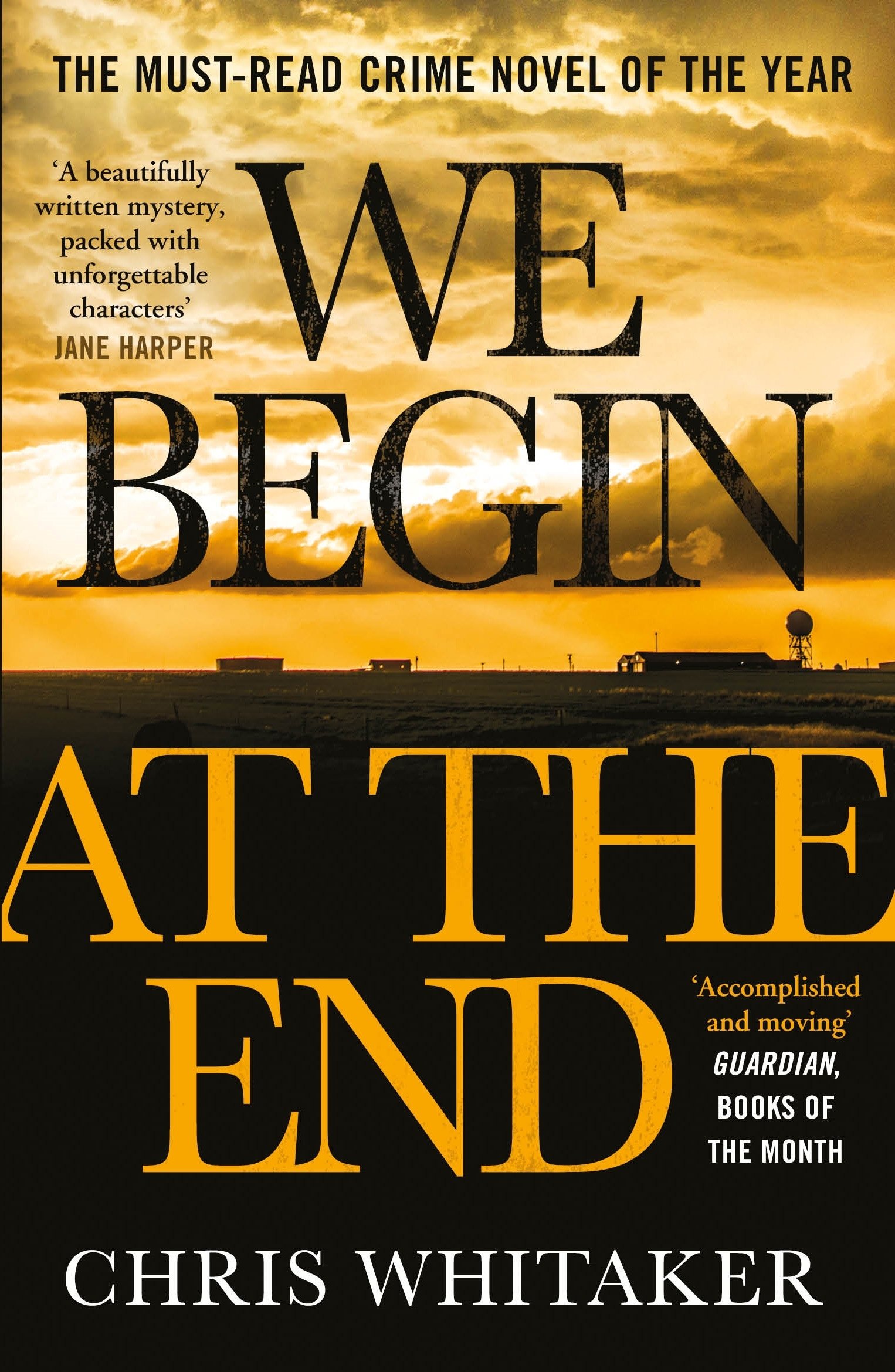 We Begin at the EndLearn More
We Begin at the EndLearn More - Choice Picks
- Top 100 Free Books
- Blog
- Recently Added
- Submit your eBook
password reset instructions

Whether implicit in terms such as ''environment'' or ''territory'', or more explicitly articulated, an active concern with landscape lies at the heart of all archaeological enquiry. Past individuals and social groups lived out their livessomewhere, and it has long been realized by archaeologists that a detailed understanding of the character of their lived worlds is integral to any attempt to write histories of the deep past. Indeed, an active concern with the ways in which past activities and settlements were arranged across the surface of the earth has characterized over a century of research and investigation. However, despite its centrality to archaeological enquiry, the last twenty or so years has witnessed the dawning recognition that there had been a tendency to treat the concept as largely self-evident; until recently, many researchers had blithely sought to study landscape without feeling any obligation to define what precisely it was that they were setting out to study. Moreover, when critical attention was finally brought to bear it rapidly became clear that, rather than a coherent body of theory and practice, the result had instead been a flurry of radically differentlandscapeseach of which had spawned its own academic cottage industry. In Chris Gosden''s words, landscape might best be defined as a ''usefully ambiguous concept''. Consequently, as the learned editors of this new four-volume collection from Routledge note, a fledgling archaeological student of landscape might well be forgiven for not knowing whether first to direct his critical attention to walking boots and a map or to Julia Kristeva''s writings on intertextuality.
The bold ambition of the editors of this ''mini library'' of key works is not only to map out the full breadth of landscape approaches, and the many kinds of landscape (and therefore past) they encompass, but also to capture the dynamism and energy of the ongoing debates within the discipline as to the status of landscape. The collection''s structure allows scholars to access the crucial writings that have framed and guided current debates and the often eclectic traditions of scholarship that have informed and inspired them. Indeed,Landscape Archaeologymeets a pressing need for a wide-ranging and authoritative reference work to enable users to appreciate both the inherent slipperiness of the term ''landscape'' and the wide range of landscape archaeologies that have emerged as a direct result.
Less- File size
- Print pages
- Publisher
- Publication date
- Language
- ISBN
- 9.21 X 6.14 X 0 in
- 1568
- Routledge
- September 29, 2015
- English
- 9780415704762




